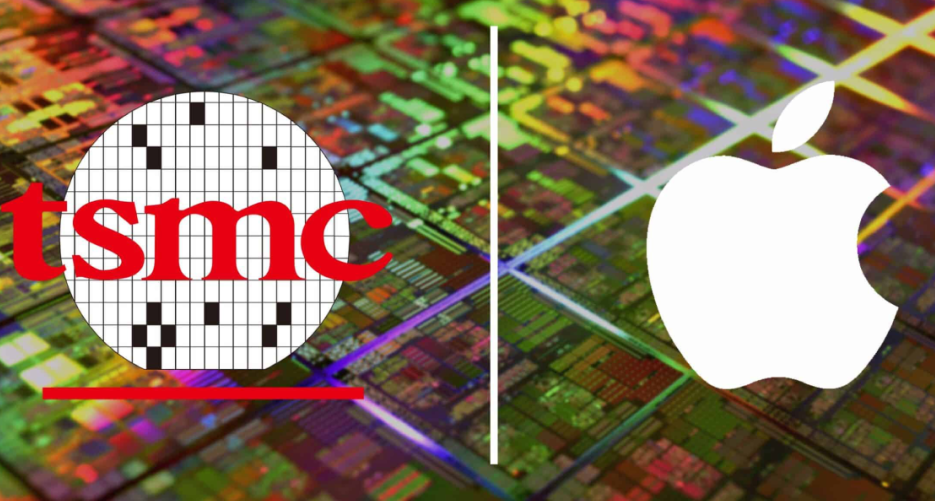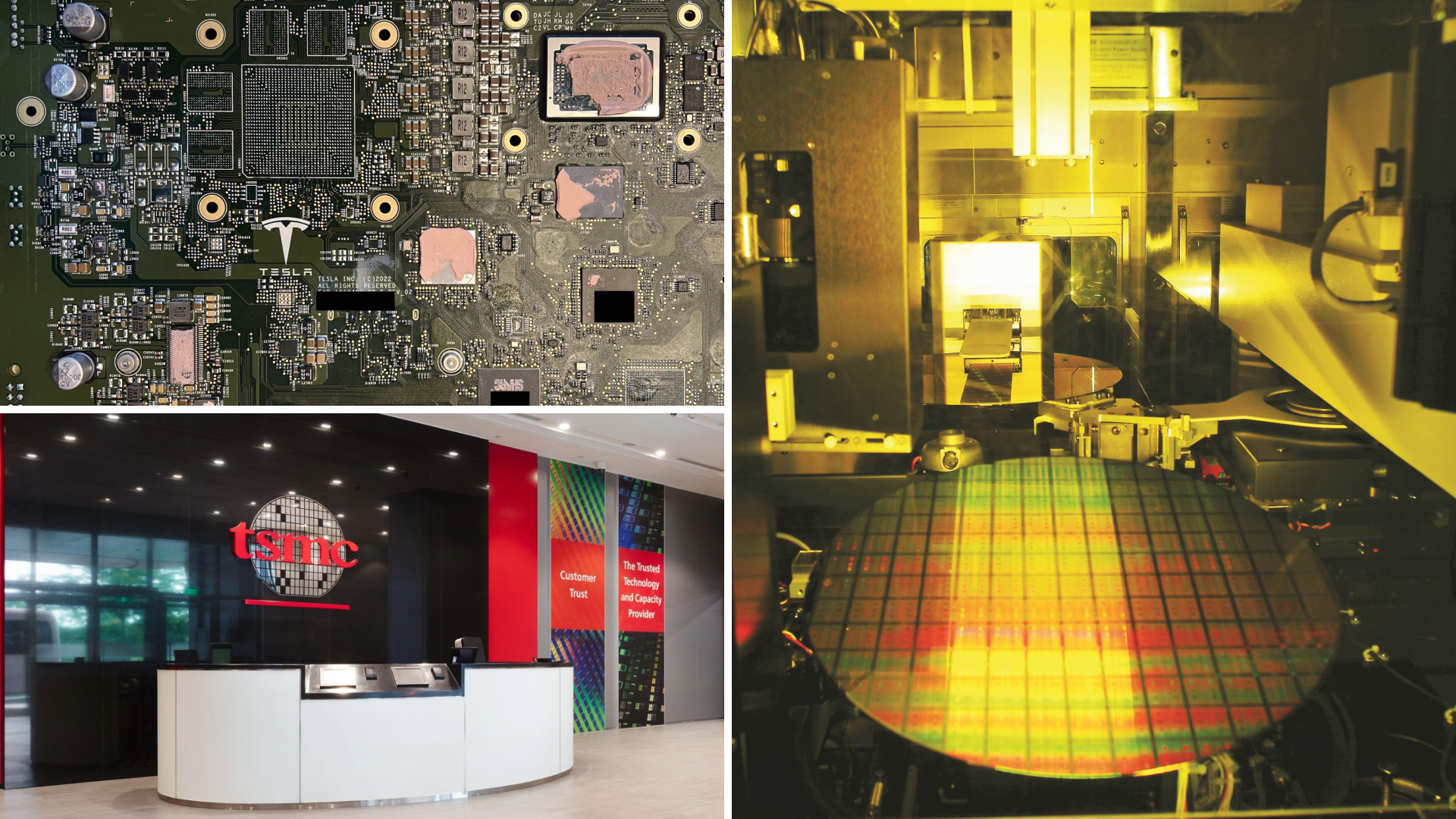The iPhone 15 and iPhone 15 Pro series were officially unveiled, and the "super-large" core chip A17 Pro became one of this year's highlights. A17 Pro is manufactured using TSMC's latest 3nm process (N3), with a transistor count of 19 billion.

www.linkedin.com
"A17 Pro is manufactured using TSMC's latest 3nm process (N3), with a transistor count of 19 billion. This is the first time that TSMC's 3nm process has been used on a top chip. The 3nm process will have 70% more transistors than the 5nm process, with the same power consumption. The speed can be increased by 15%, or the power consumption can be reduced by 30% at the same speed."
Tesla launched the Hardware 4 Autopilot computer earlier this year, but it's already working on the next-generation chips. The EV maker has been lis...

www.autoevolution.com
"The electronic chips are critical components, especially since there are only two companies that can manufacture the most advanced chips: Samsung and TSMC. These two giants duel for silicon supremacy, with the Taiwanese company having a slight edge over the Koreans. Tesla used both manufacturers at times. Early Autopilot chips were manufactured by Samsung using 14 nm lithography, which was later
upgraded to a 7 nm process.
However, Tesla switched sides to TSMC with the
Hardware 4 Autopilot chips, as the Taiwanese had a more advanced 5 nm technology. It could also deliver the quality and production scale Tesla needed for its current production needs. However, as the EV market leader is preparing the next-generation Autopilot, it will use both Samsung and TSMC chips in its computers. Clearly, Tesla anticipates a significant increase in vehicle production by the time HW5 arrives, which corresponds with the start of next-generation vehicle production.
In July, we wrote about the deal Tesla signed with Samsung to
produce HW5 Autopilot chips using their 5 nm node. According to Korean media, the production was expected to start in 2026. At the time, Tesla had already signed a similar partnership with TSMC for the same purpose. Now we know more details about the TSMC contract.
The Taiwanese chip giant is currently using a more advanced 3 nm technology called N3E, which has attracted leading chip designers such as MediaTek, AMD, NVIDIA, Qualcomm, and Intel. TSMC will start mass production of its most advanced 3 nm technology, dubbed N3P, next summer, and Tesla has been listed among its customers.
Rumors suggest that Tesla plans to utilize the N3P process for its next-generation self-driving chips. It's also apparent that Tesla placed a huge order, potentially turning it into one of TSMC's most important clients. The updated N3P process provides a 5% improvement in performance, up to 10% reduction in power consumption, and a slight increase in chip density compared with N3E, which is in production today."





